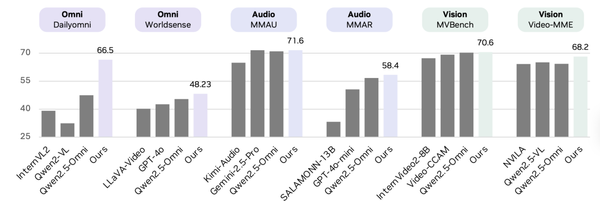Cursor Reveals for the First Time: “Training Is the Product” — The Secret Weapon Using Reinforcement Learning to Make AI Coding 4× Faster

Why AI Programming Assistants Often Feel "Off"
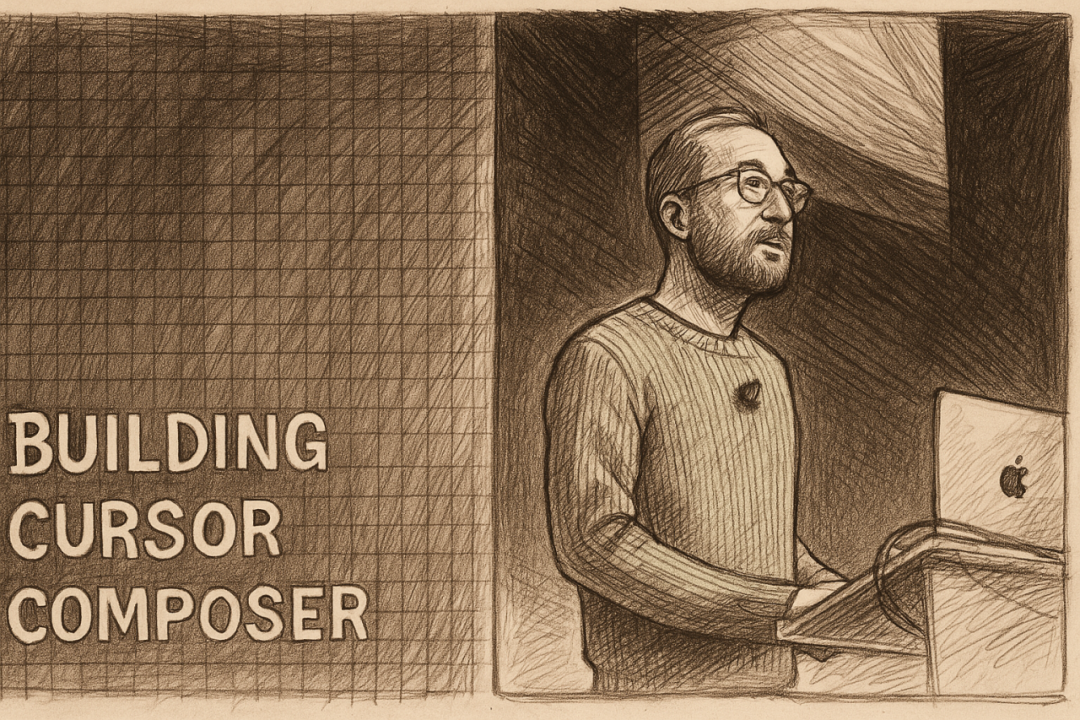
Have you noticed that AI programming assistants are either smart but slow, or fast but inaccurate?
I wrestled with this contradiction—until Sasha Rush from Cursor presented at Ray Summit 2025.
Their team unveiled Cursor Composer, a model trained with reinforcement learning (RL) to be both highly intelligent and extremely fast.
---
A New Mindset: Training-as-Product
The most important takeaway from the talk: Cursor isn’t chasing meaningless benchmark scores.
Instead, they focus on real-world programming workflows, training the model in actual codebase environments.
Key Ideas:
- RL training includes coding conventions, tool usage, and parallel execution strategies.
- The training environment is identical to the product environment—the AI "lives" the same experience as a real user.
- This training-as-product philosophy changes how AI tools should be built.
---
Why “Fast and Smart” Matters

Sasha Rush showed that Cursor Composer:
- Is on par with frontier models in internal benchmarks.
- Outperforms last summer’s top mainstream releases.
- Beats all fast but less intelligent models.
- Generates tokens 4× faster than peers with similar capability.
Speed isn’t just a metric—it’s central to flow in coding.
> A 30-second AI response breaks concentration. A 2-second response keeps your brain in the zone.
The inspiration came from Cursor Tab, loved for speed and smoothness.
A prototype nicknamed Cheetah embraced this principle—fast, interactive agentic coding.
User feedback was glowing, calling it alien technology.
---
The Rise of Workflow-Aware AI Tools
Beyond code, specialized AI tools now shape other industries.
Example: AiToEarn官网, an open-source platform for AI content monetization—connecting AI generation, cross-platform publishing, analytics, and model ranking.
Supported Channels:
Douyin · Kwai · WeChat · Bilibili · Rednote (小红书) · Facebook · Instagram · LinkedIn · Threads · YouTube · Pinterest · X (Twitter).
---
Agent RL: Training AI to Behave Like a Real Developer
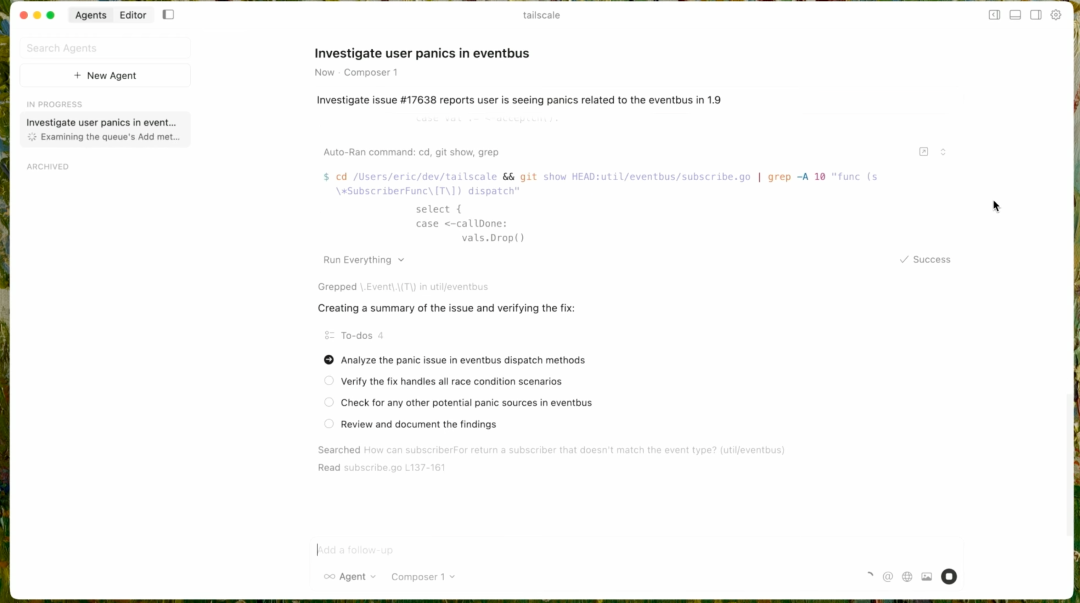
Workflow:
- User query → Cursor backend.
- Agent chooses from ~10 tools:
- Read files
- Edit files
- Search codebase
- Gather lints
- Run terminal commands
- Tools may run sequentially or in parallel.
Under the Hood:
- The agent is an LLM generating tokens.
- Tool calls follow XML-like patterns with parameters.
- Rollouts simulate multiple concurrent workflows to find the best action path.
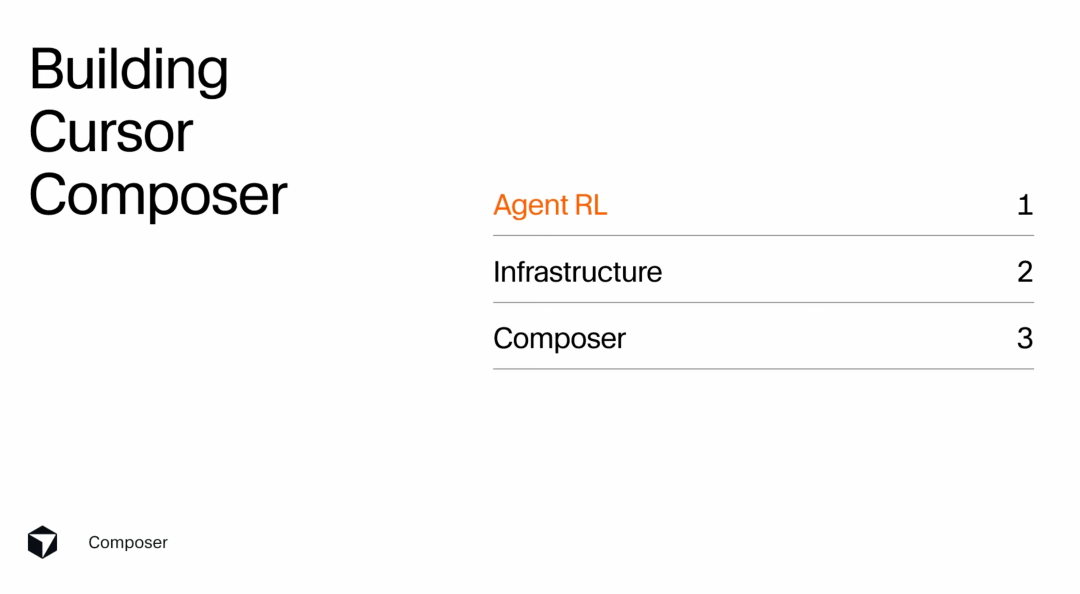
RL Training:
- Simulates production use: real queries drive tool calls.
- Multiple rollouts from the same state test alternative action paths.
- Output quality determines parameter updates.
---
Core RL Challenges
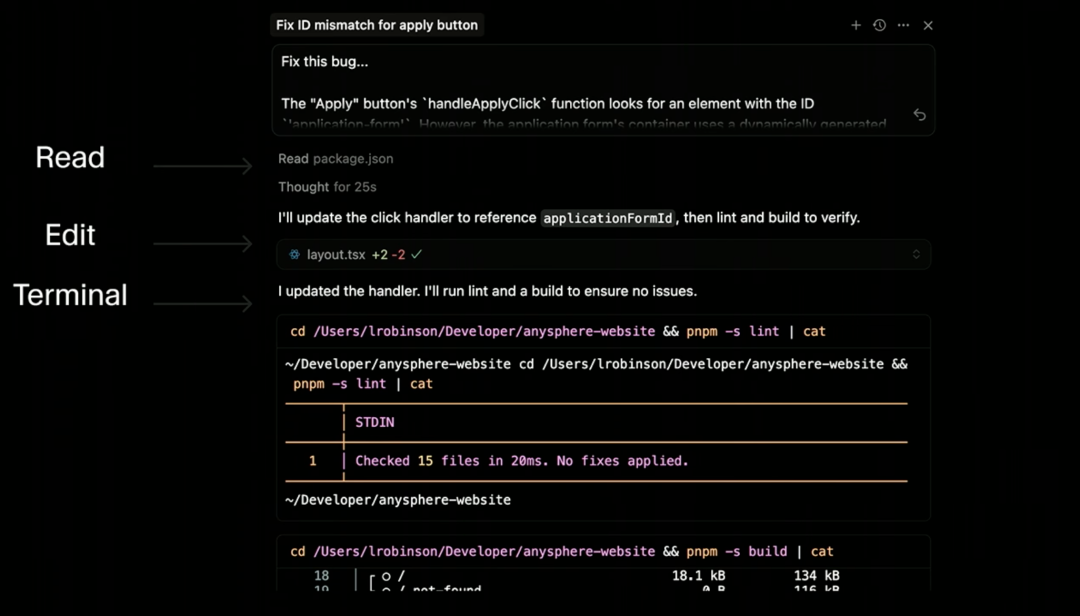
- Matching Training & Inference
- MoE models need parallel performance across thousands of GPUs.
- Must keep training and production architectures identical.
- Ultra-Long Rollouts
- Real tasks require up to 1M tokens and hundreds of tool calls.
- Example: “Refactor” may demand reading files, searching, linting, testing.
- Consistency
- Training through the real production agent ensures direct skill transfer.
- Requires identical tool formats/responses in training and production.
---
Infrastructure: The Secret Weapon
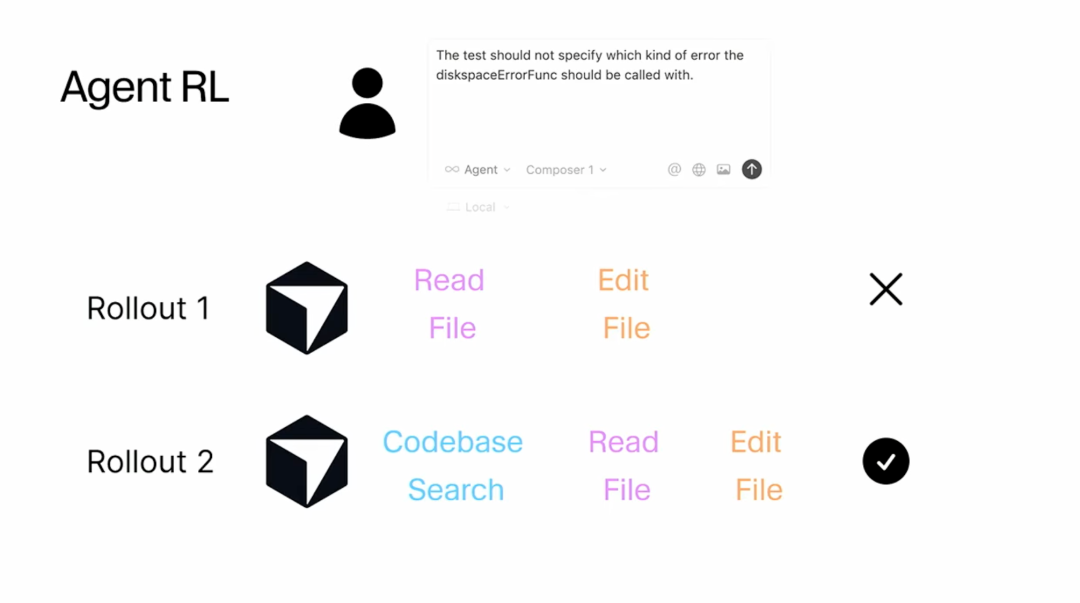
Three Server Components:
- Trainer: PyTorch ML stack at extreme scale.
- Inference Server: Ray orchestration for rollouts.
- Environment Server: microVMs to simulate code editing, terminal commands, and lint checks.
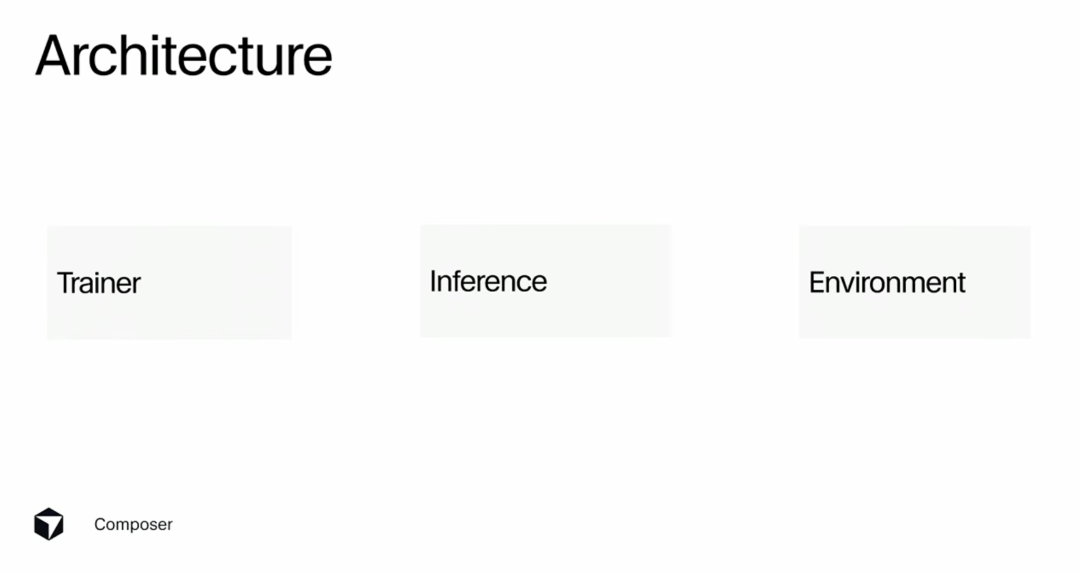
Low-Precision Training:
- Custom GPU kernels for MXFP8 microscaling.
- FP8 with scaling factors → better accuracy + 3.5× MoE layer acceleration.
Rollout Heterogeneity:
- Stragglers problem solved with Ray load balancing across processes.
---
Tight Product–Training Integration
Cloud agents run on the identical infrastructure as RL training—offline or even in subway rides.
Benefits:
- The model learns actual product tools, e.g., semantic search via embeddings indexing your files.
- Training produces direct, production-ready skills.
---
Proof That RL Works
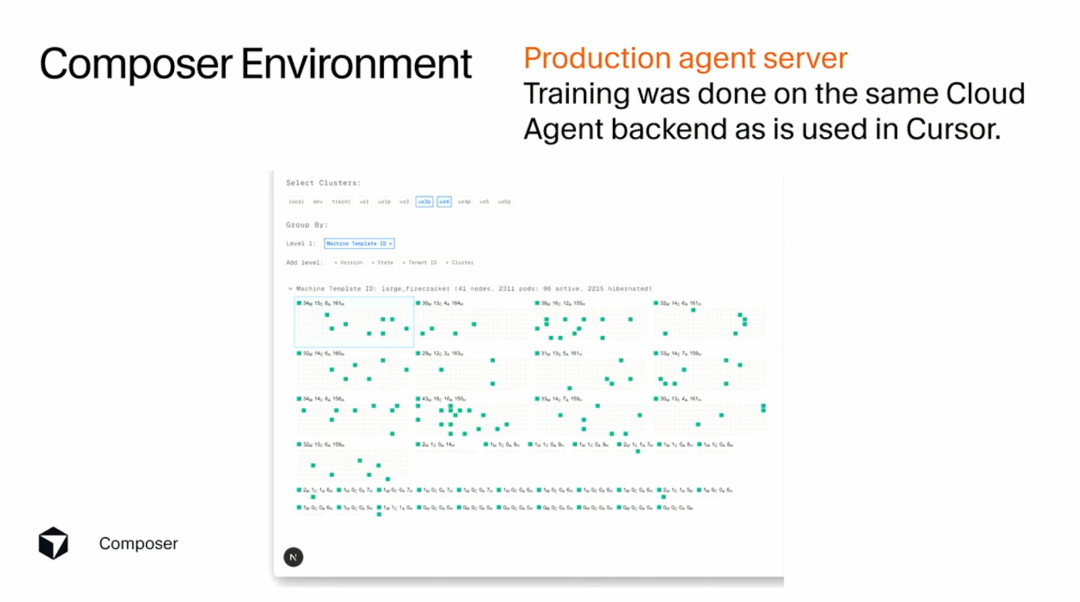
Early Findings:
- Steady performance gains with compute investment.
- Learned parallel tool usage → faster user experiences.
- Shift toward deliberate edits after more reading/search actions.
User feedback:
- Speed + intelligence unlock a new programming style.
- Internal devs now use Composer daily.
---
Lessons: Building Specialized AI Models
Three takeaways:
- Specialization beats generalization for real tasks.
- Use your AI to build your AI — accelerates development.
- Infrastructure is essential — product and training must be tightly coupled.

Platforms like AiToEarn官网 follow similar principles—cross-platform publishing + monetization through a tightly integrated AI ecosystem.
---
Conclusion: User-Centric Innovation
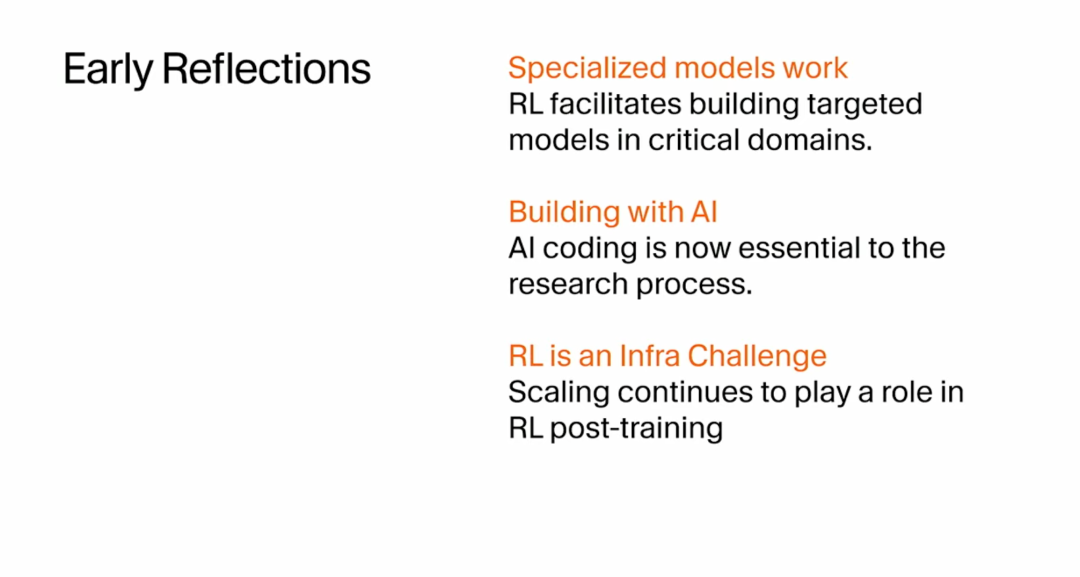
Cursor Composer’s success proves:
- Solving a real user pain point matters more than chasing trends.
- RL + infrastructure + product integration can deliver fast and smart AI assistants.
- The same philosophy can empower creators via ecosystems like AiToEarn官网.
---
If you’d like, I can create a summary table highlighting all RL strategies, infrastructure choices, and product outcomes from Cursor Composer’s journey for quick reference. Would you like me to prepare that next?



